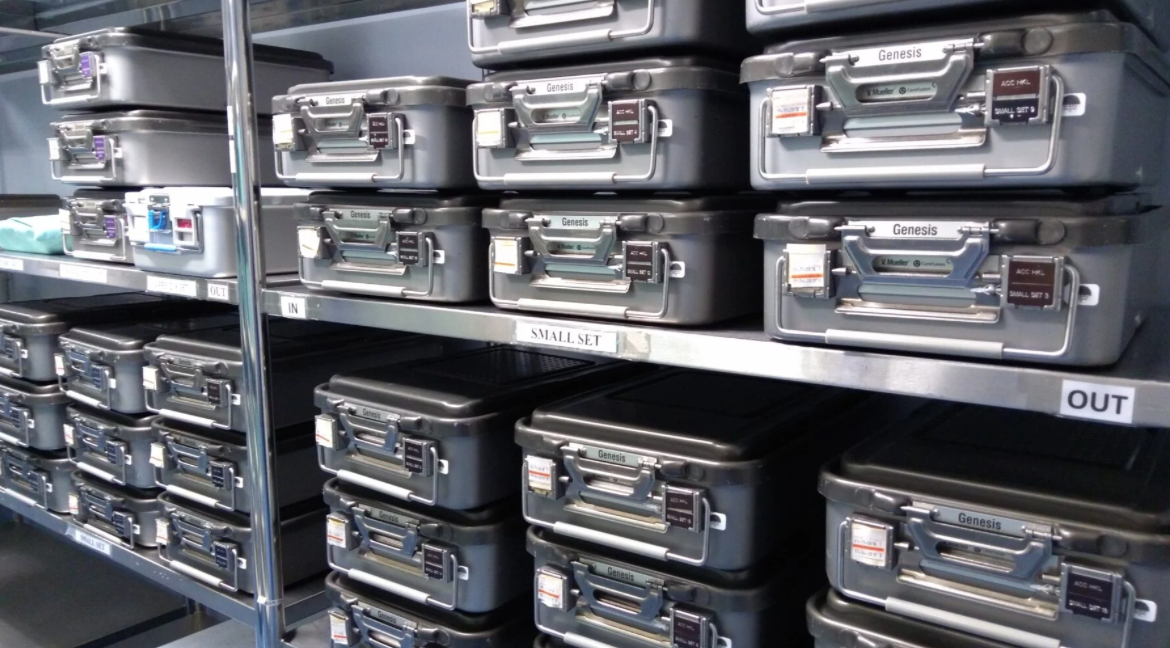Unconventional Paths to Fulfill HSPA’s 400 hour Hands-on Training Requirement in Sterile Processing
Trying to find your externship, but running out of time? Lets delve into unconventional, yet effective ways to find a place to fulfill HSPA's hands-on training requirement. If you're determined to excel in the field of sterile processing, gaining practical experience is crucial, and we're here to guide you through it.
1. Gaining Provisional Certification:
To kick-start your journey towards fulfilling the HSPA's hands-on training requirement, consider obtaining provisional certification. This certification demonstrates your commitment, knowledge, and skillset to potential employers or training centers. It can boost your chances of finding a suitable training opportunity and give you a head start in the job market.
2. Finding Non-certified Sterile Processing Employment:
Seeking entry-level positions in sterile processing can provide you with valuable hands-on experience. Look for job openings at hospitals, healthcare facilities, and clinics. By immersing yourself in a professional setting, you can observe proper procedures and enhance your practical skills, get paid, and fulfill HSPA’s certification requirements.
3. Connecting with SPD Management on LinkedIn:
In today's digital age, networking plays a vital role in career advancement. LinkedIn is a powerful tool for connecting with sterile processing department (SPD) management and other Sterile Processing professionals. Start by optimizing your LinkedIn profile and highlighting your passion for the field. Engage in industry-related discussions, connect with professionals, and build meaningful relationships. By doing so, you create opportunities and open doors for potential hands-on training experiences.
4. Cold Calling Local Surgery Centers:
Sometimes, the most effective way to find training opportunities is through direct outreach. Take inspiration from my personal story - I found my first sterile processing job by cold calling various surgery centers in my area. Persistence paid off, as one center urgently required assistance in their sterile processing duties. By demonstrating my commitment and enthusiasm, I secured the role, even though it wasn't advertised publicly.
Fulfilling the hands-on training requirement for HSPA can be challenging, but it's not impossible. By using unconventional methods such as gaining provisional certification, seeking entry-level positions, connecting with professionals on LinkedIn, and cold calling local surgery centers, you can create numerous opportunities for yourself.
Remember, success often lies beyond the traditional path. Be proactive, take initiative, and refuse to give up. Your diligence and determination will eventually lead you to the right opportunity. Good luck on your journey in becoming a skilled sterile processing professional!
If you have any questions or would like further guidance, feel free to reach out to us. We're here to support you throughout your education and career in sterile processing.
Ready to get certified? Click here to learn more about our 3 month program.



Oct 02, 2025 • Posted by Amber
Good Evening,
I was needing to ask if after the completion of the course, do you assist with the 400 hour required hours after certification? Please advise as to if you have leads or just information on how to execute this requirement. Thanks
Jan 03, 2025 • Posted by Latoya
I’m researching to find out which school is right for me and some programs offer to pay for the exam that one time. After I finish the program and complete the 400 hour hands-on training and I feel confident enough to take the test do I have to pay out of my pocket to take the exam and how much does it cost ?
Jun 14, 2024 • Posted by Janiya Bailey
Hey I was seeing do you help with finding externship for sterile processing.